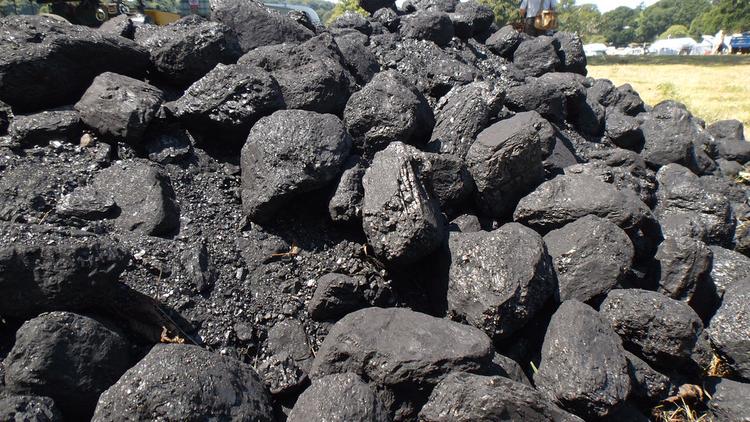Myths about teaching can hold you back
- Year 5
Identifying renewable and non-renewable energy sources
I can identify renewable and non-renewable energy sources and understand the difference between them.
- Year 5
Identifying renewable and non-renewable energy sources
I can identify renewable and non-renewable energy sources and understand the difference between them.
These resources were made for remote use during the pandemic, not classroom teaching.
Switch to our new teaching resources now - designed by teachers and leading subject experts, and tested in classrooms.
Lesson details
Key learning points
- The sun, directly or indirectly, is the source of all energy on Earth: plants use energy to grow the food we eat.
- Non-renewable energy sources are fossil fuels: coal, oil, natural gas, and the elements uranium and plutonium.
- Renewable energy sources include solar power, wind, wave and tidal energy, hydro-electric, biomass and geothermal.
- Non-renewable sources are unsustainable, polluting and a cause of rapid climate change.
Keywords
Finite - Finite resources have a limit, or an end and will run out.
Hydro-electric - Hydro-electric power generates electricity by using water.
Geothermal - Geothermal energy comes from heat contained within the Earth's crust.
Unsustainable - An unsustainable resource is one that is being used more or faster than it can be replaced or regrown.
Common misconception
Fossil fuels (coal, gas and natural oil) are infinite.
Fossil fuels are finite - if used at the current rate, they will run out and are not sustainable.
To help you plan your year 5 geography lesson on: Identifying renewable and non-renewable energy sources, download all teaching resources for free and adapt to suit your pupils' needs...
To help you plan your year 5 geography lesson on: Identifying renewable and non-renewable energy sources, download all teaching resources for free and adapt to suit your pupils' needs.
The starter quiz will activate and check your pupils' prior knowledge, with versions available both with and without answers in PDF format.
We use learning cycles to break down learning into key concepts or ideas linked to the learning outcome. Each learning cycle features explanations with checks for understanding and practice tasks with feedback. All of this is found in our slide decks, ready for you to download and edit. The practice tasks are also available as printable worksheets and some lessons have additional materials with extra material you might need for teaching the lesson.
The assessment exit quiz will test your pupils' understanding of the key learning points.
Our video is a tool for planning, showing how other teachers might teach the lesson, offering helpful tips, modelled explanations and inspiration for your own delivery in the classroom. Plus, you can set it as homework or revision for pupils and keep their learning on track by sharing an online pupil version of this lesson.
Explore more key stage 2 geography lessons from the Natural resources: what are they, where are they found, why are they important? unit, dive into the full primary geography curriculum, or learn more about lesson planning.

Licence
Prior knowledge starter quiz
6 Questions
Q1.When something is renewable, that means it will not be used up or ...
Q2.Which of these are renewable resources?




Q3.Match these resources to the type of natural resources they are.
food
fuel
mineral
metal
Q4.Which of these resources are metals?
Q5.Resource means how resources are spread out across a geographic area.
Q6.What type of energy does the sun provide as well as heat energy? Unscramble the letters to help you find the correct answer.
Assessment exit quiz
6 Questions
Q1.All energy on Earth comes or indirectly from the Sun.
Q2.Where does all energy on Earth come from?
Q3.Coal has energy from the Sun. Put these sentences in order to explain how.
Q4.Match these resources to the types of renewable or non-renewable (finite) resources they are.
renewable - it produces power from water
non-renewable - it is a solid fossil fuel
renewable - it produces power from sea tides
non-renewable - it is a fossil fuel


